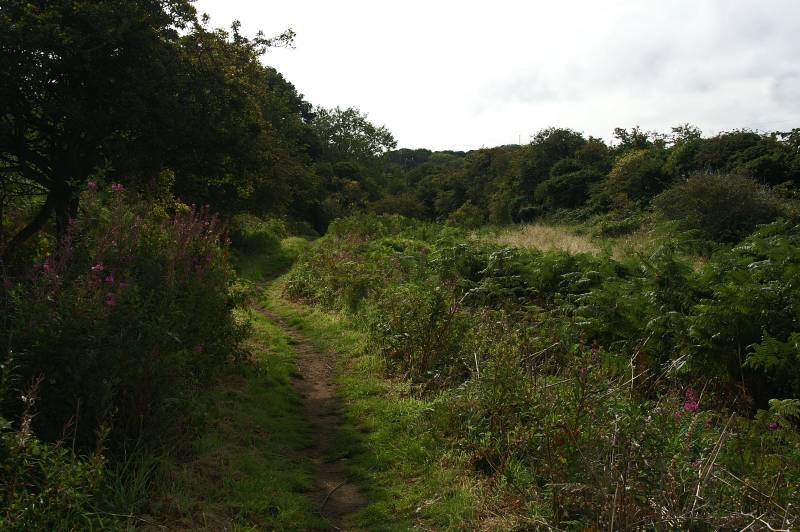
Dunstanburgh Castle from Craster.
Start. Tourist Information Centre, Craster.
Route. Craster - Whinstone Ridge - Dunstan Square Farm - Dunstan Steads - Golf Course - Dunstanburgh Castle - Craster.
Notes. Dunstanburgh Castle the largest ruin in Northumberland, stands proud on the Whin Sill, a geological formation stretching across the county, this huge sheet of crystallized volcanic rock stretches west from the Farne Islands. The Romans made great use of it constructing their wall along it's length, as did the builders of Dunstanburgh Castle, Lindisfarne, and Bamburgh Castles.
Construction of the castle started in 1313 commissioned by the Earl of Lancaster, improved by John of Gaunt later that century after the good earl's head was removed from his body. This formidable fortress never saw action in the Border Wars between the English and Scots. By the 16th century it had fallen into decay, left to deteriorate in the subsequent years, stone being pilfered for use on other building projects. The last private owner Sir Athur Sutherland gifted it to the Ministry of Works in 1929, it later passed to the National Trust and now is managed by English Heritage.
The castle's well marketed so gets very busy, with this in mind we approached from the north before mingling with modern day invaders. Opposite the Tourist Information Centre a finger post invites the walker to Dunstan Square, we followed this path through scrub gorse and bracken immerging in the shadow of whinstone ridge, a good example of the Whin Sill. By field paths we made our way to Dunstan Square Farm, from where we followed the access lane north, the long concrete drive lead to Dunstan Steads. It was time to descend to the coast, a short walk over tarmac saw us arrive at Dunstanburgh Golf Course, the path followed the fence line almost to the castle.
It was time to step back in time, we paid the entrance fee and had a good look round before joining the masses on the delightful coastal walk back to Craster. The smell of oak smoked herring drifted up the coast to meet us, definitely one more stop to make before the journey home. Craster kippers famous world wide, after purchasing several it was back to the car to start the long journey to the west coast and the hills of home.

The quiet approach to Dunstanburgh Castle, through scrub, gorse and heather in the shadow of whinstone ridge.
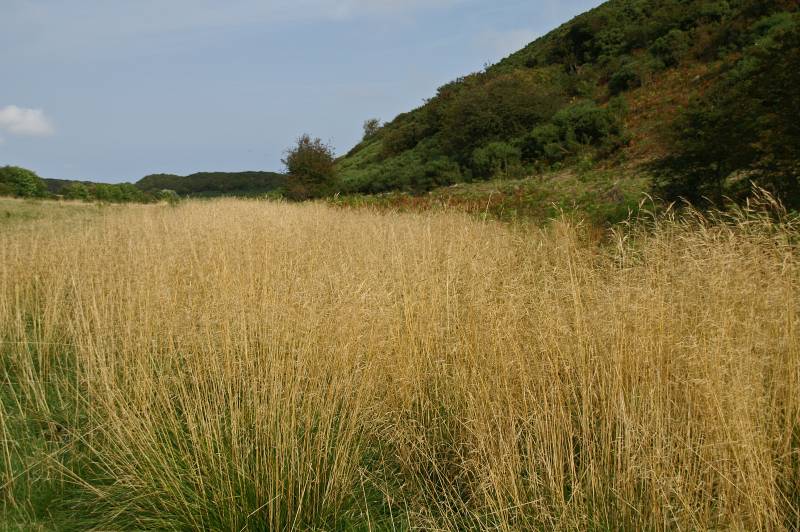
Our route ahead, indistinct but we just follow this narrow valley.
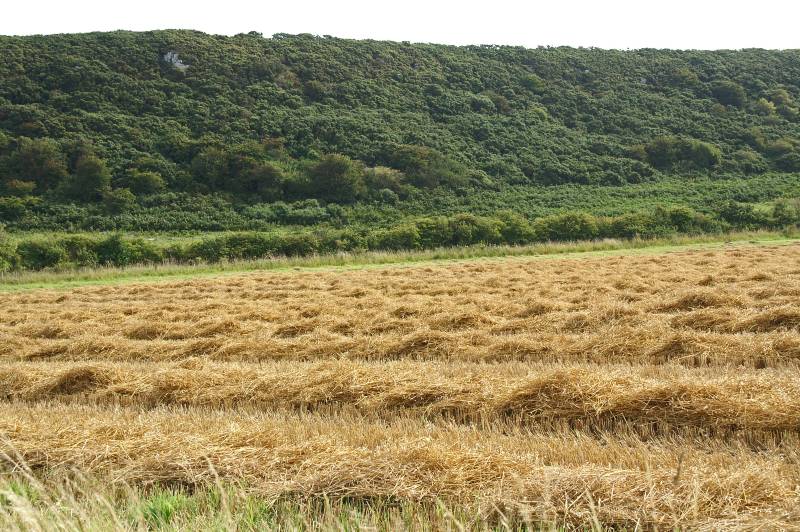
Looking to whinstone ridge from the fields near Dunstan Square.
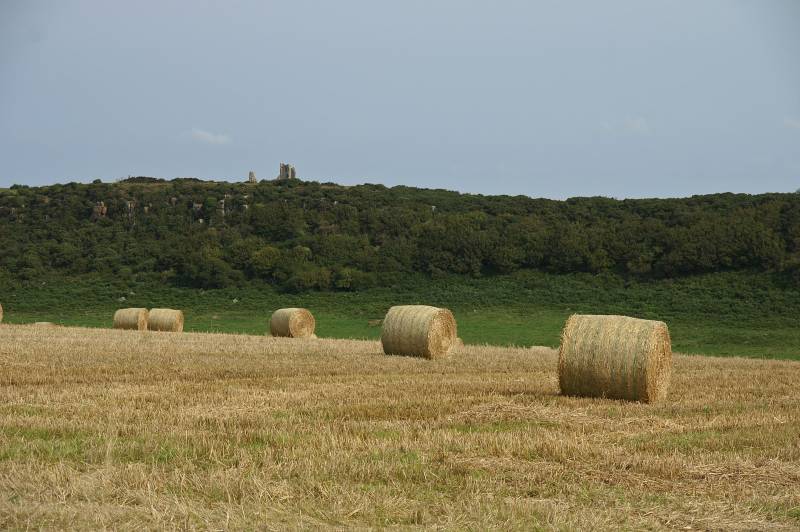
The promise of things to come, our first view of Dunstanburgh Castle.
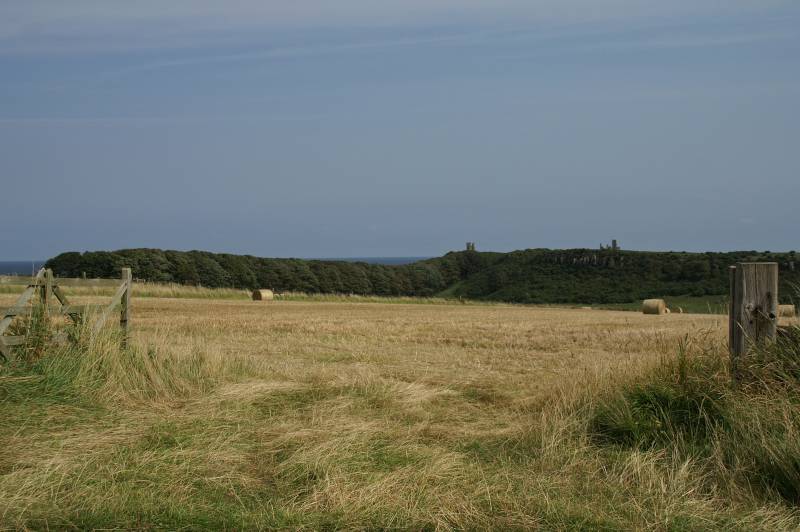
Seen from the access road to Dunstan Square Farm, the towers of Dunstanburgh Castle rise above the whinstone ridge.

The remains of Dunstanburgh Castle, Lilburn Tower to the left with John of Gaunt's Gatehouse the right.
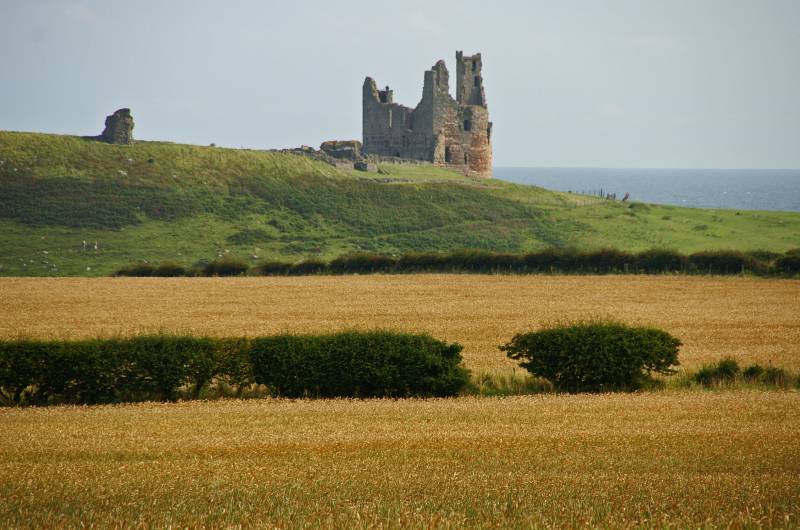
The gate house seen from near Dunstan Steads.
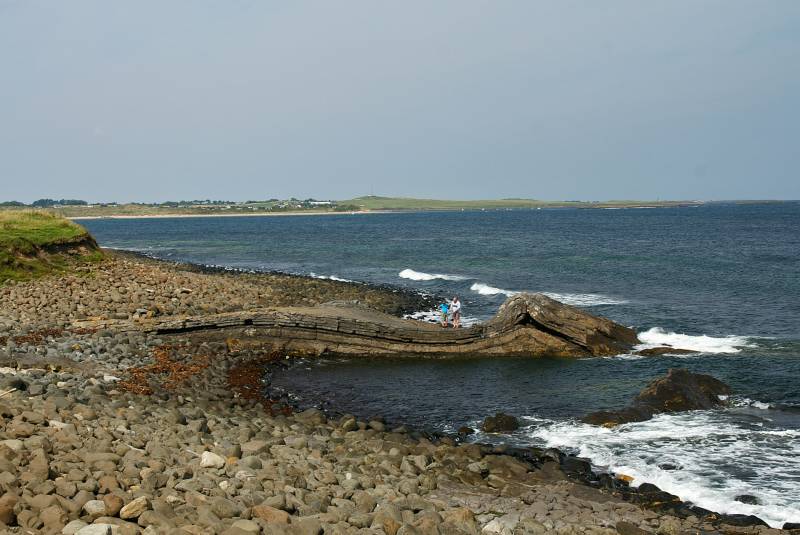
Graymare Rock backed by Embleton Bay.
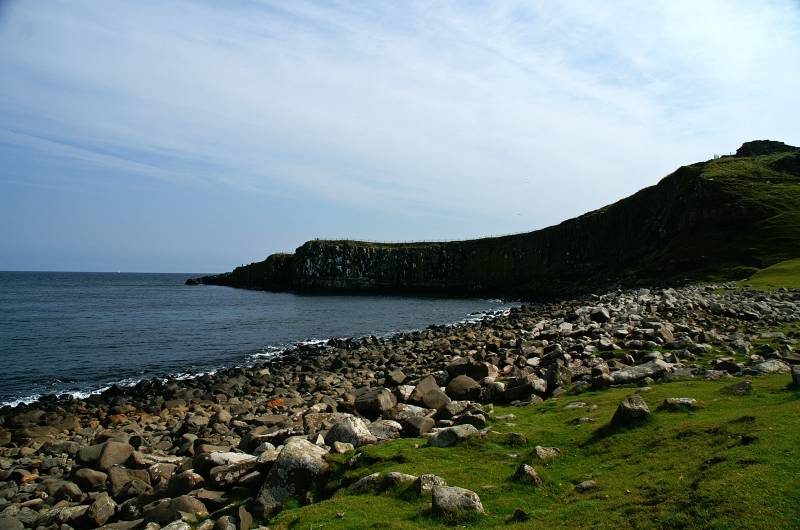
Looking to the cliffs of Castle Point.
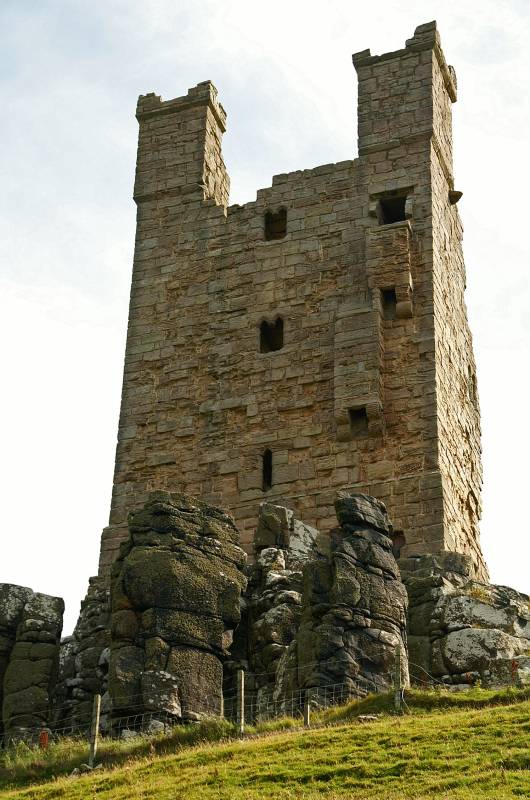
Lilburn Tower named after John de Lilburn one of the constables of the castle in the years after the execution of Thomas, Earl of Lancaster for treason in 1322.

Stunning views south down the Northumberland coast, seen from the gatehouse.
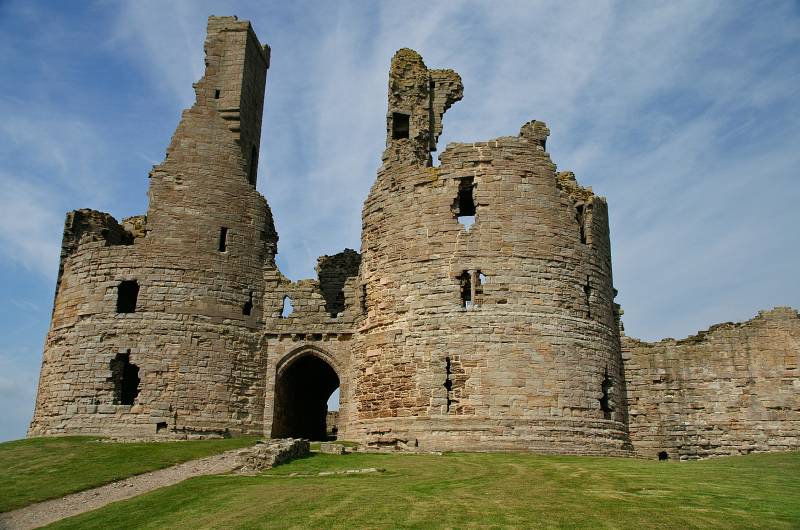
John of Gaunt's Gatehouse.
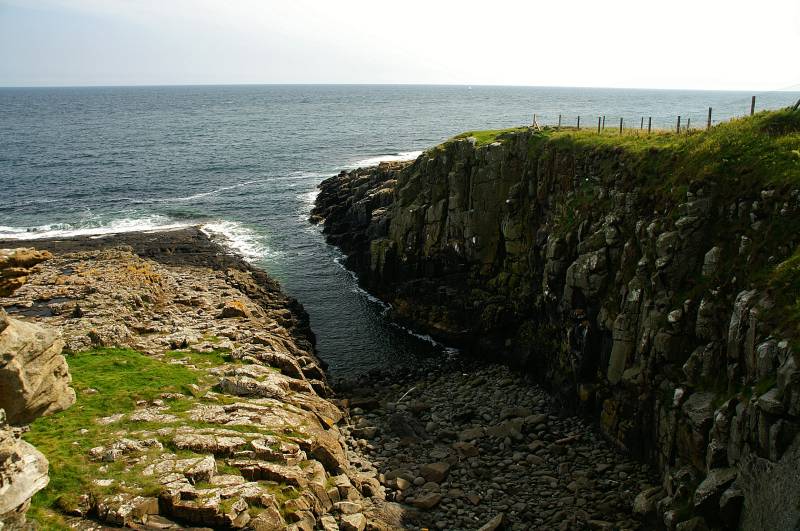
A natural harbour, Queen Mary's Cove.
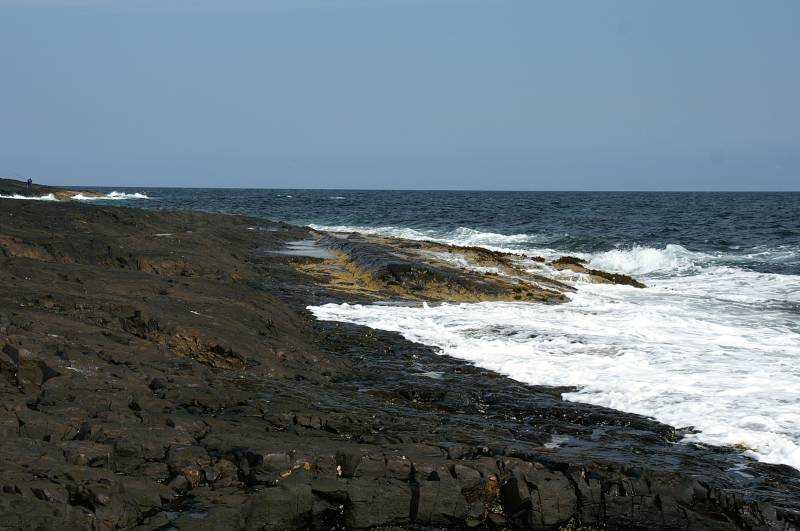
Near Queen Mary's Cove looking to a lone angler on Castle Point.
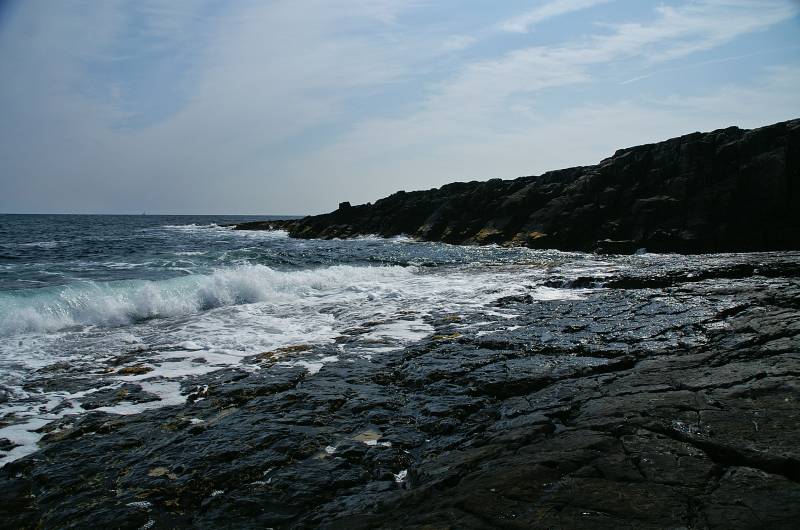
The black rock of the Northumberland coast.
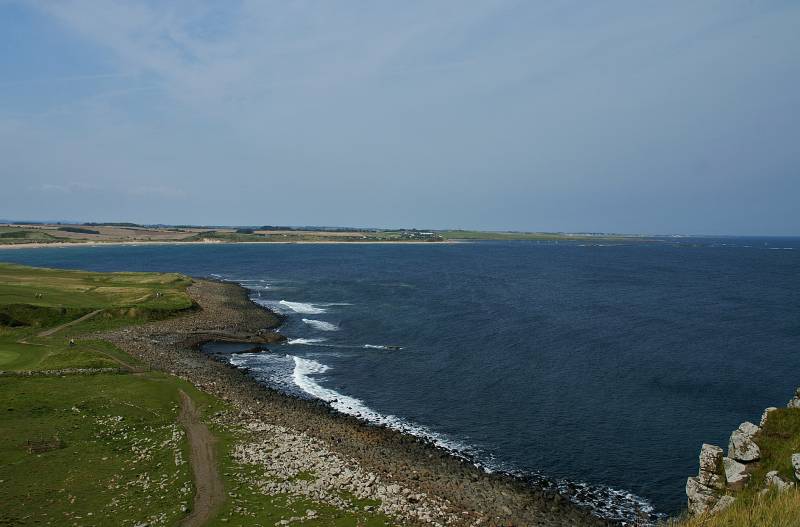
Embleton Bay seen from Dunstanburgh Castle.
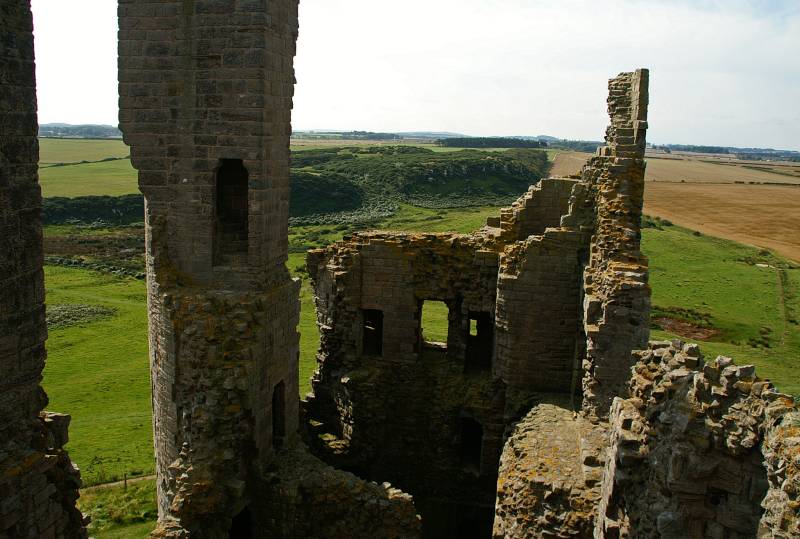
Whinstone ridge viewed through the ruined towers of John of Gaunt's Gatehouse.
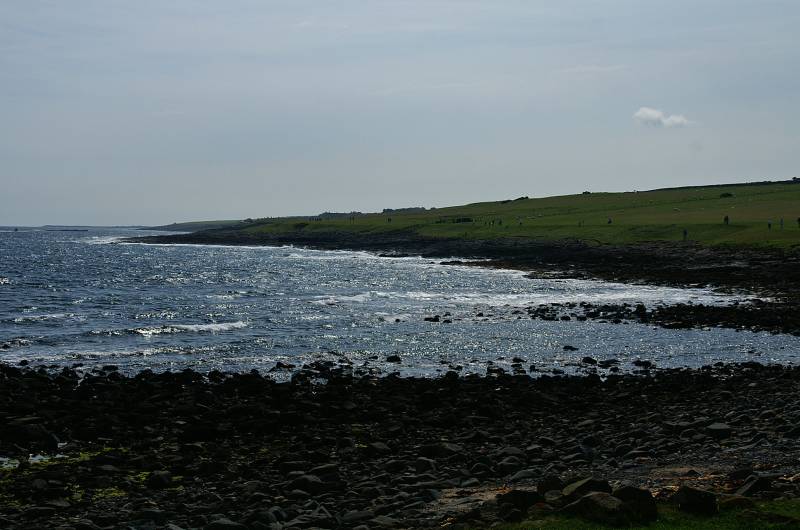
Striding out on the path back to Craster, we're not the only people using this path, their's lots more behind us.

The castle seen from the south, definitely the most impressive approach, but our route gave us tantalizing glimpses of things to come, saving the very best until the end.
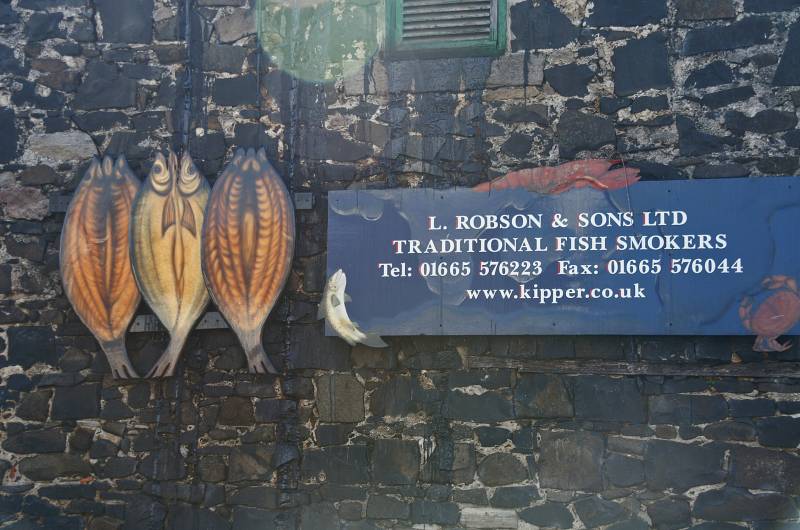
Kippers for tea, next the long drive home.